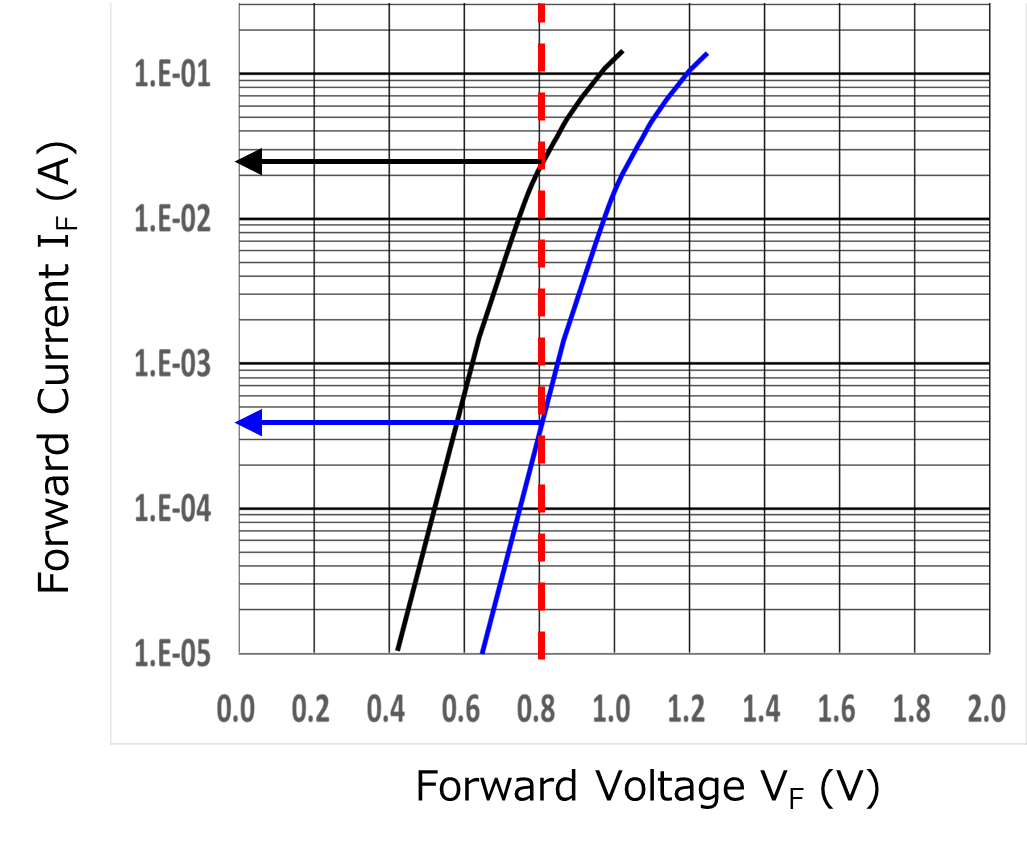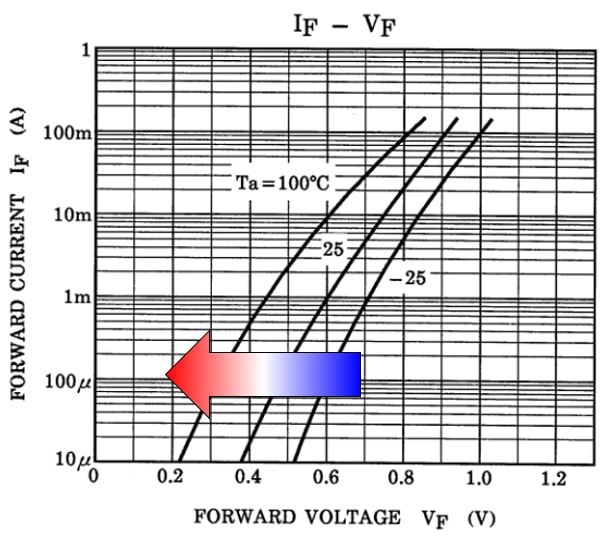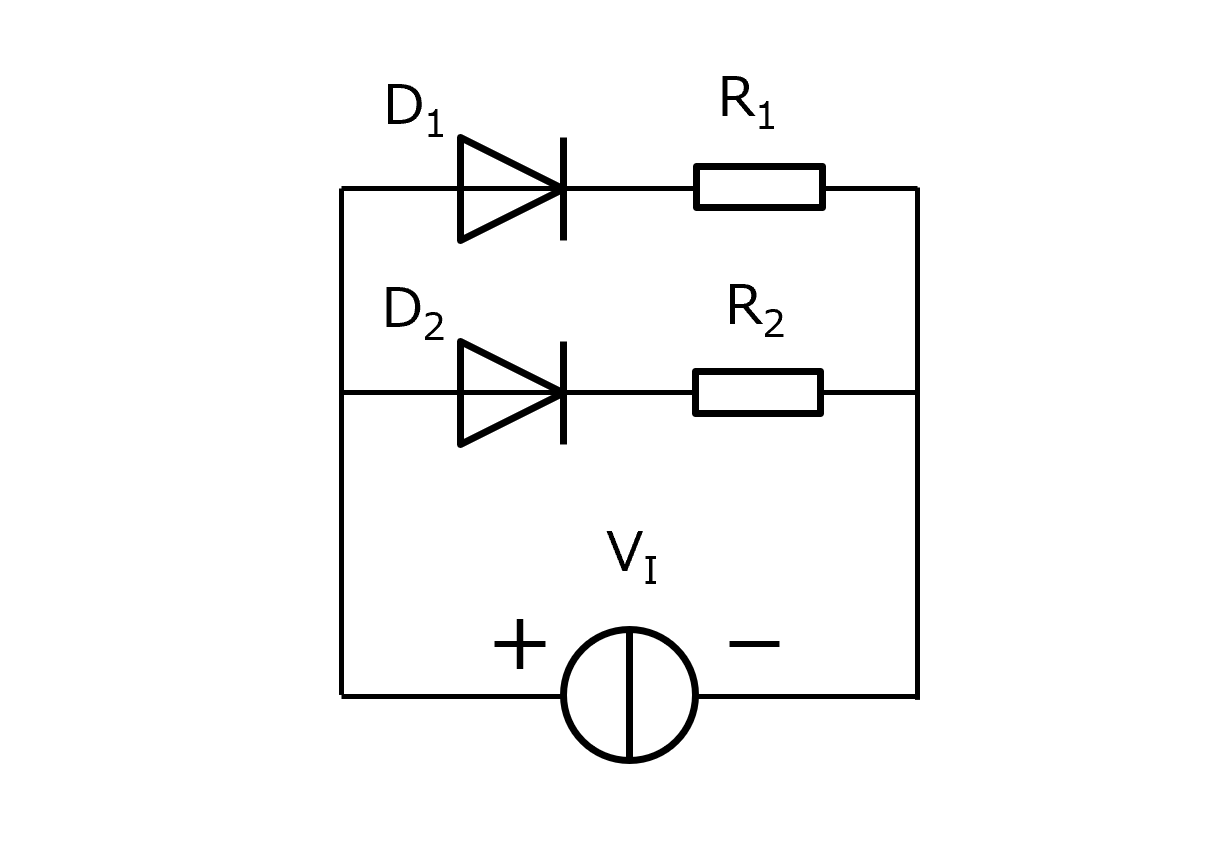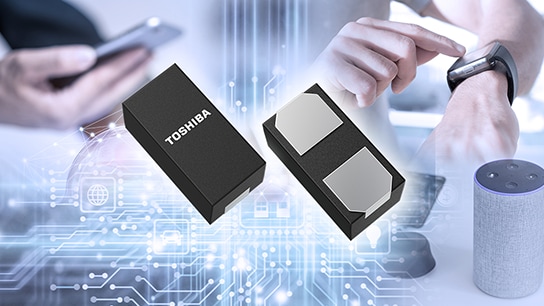- General Top
- SEMICONDUCTOR
- STORAGE
- COMPANY
-
My ToshibaSemicon
- Semiconductor Top
-
ApplicationsAutomotive
Body Electronics
xEV
In-Vehicle Infotainment
Advanced Driver-Assistance Systems (ADAS)
Chassis
IndustrialInfrastructure
BEMS/HEMS
Factory Automation
Commercial Equipment
Consumer/PersonalIoT Equipment
Healthcare
Wearable Device
Mobile
Computer Peripherals
-
ProductsAutomotive Devices
Discrete Semiconductor
Diodes
Transistors
Logic ICs
Analog Devices
Digital Devices
Wireless Devices
※
: Products list (parametric search)
Power SemiconductorsSiC Power Devices
※
: Products list (parametric search)
Isolators/Solid State RelaysPhotocouplers
Digital Isolators
Solid State Relays
Fiber Optic Transmitting Modules
※
: Products list (parametric search)
MOSFETsIGBTs/IEGTsBipolar Transistors※
: Products list (parametric search)
Diodes※
: Products list (parametric search)
MicrocontrollersMotor Driver ICsIntelligent Power ICs※
: Products list (parametric search)
Power Management ICsLinear ICs※
: Products list (parametric search)
General Purpose Logic ICsLinear Image SensorsOther Product ICsOther Product ICs
※
: Products list (parametric search)
-
Design & Development
-
Knowledge
- Where To Buy
- Part Number & Keyword Search
- Cross Reference Search
- Parametric Search
- Stock Check & Purchase
This webpage doesn't work with Internet Explorer. Please use the latest version of Google Chrome, Microsoft Edge, Mozilla Firefox or Safari.
require 3 characters or more. Search for multiple part numbers fromhere.
The information presented in this cross reference is based on TOSHIBA's selection criteria and should be treated as a suggestion only. Please carefully review the latest versions of all relevant information on the TOSHIBA products, including without limitation data sheets and validate all operating parameters of the TOSHIBA products to ensure that the suggested TOSHIBA products are truly compatible with your design and application.Please note that this cross reference is based on TOSHIBA's estimate of compatibility with other manufacturers' products, based on other manufacturers' published data, at the time the data was collected.TOSHIBA is not responsible for any incorrect or incomplete information. Information is subject to change at any time without notice.
require 3 characters or more.
Is it OK to connect multiple diodes with the same part number in parallel?
It is not recommended to connect two diodes in parallel. Every diode has a slightly different forward voltage; even diodes with the same part number are not perfectly matched.
It is not recommended to connect diodes in parallel.
Every diode has slightly different VF characteristics. Even diodes with the same part number are not perfectly matched. If diodes are connected in parallel, a large amount of current will flow to the side with the lower VF, possibly causing deterioration or destruction.
In high-current designs in which the current ratings of diodes can be a concern, use diodes with a higher current rating instead of connecting multiple diodes in parallel.

I1 = I2
If there is no variation in the diode characteristics, you can expect the current to flow equally through the two diodes.

I1 < I2
If there is variation in the diode characteristics, more current will flow through the diode on the lower VF side. As a result, the junction temperature also rises on the lower side, further reducing VF. This causes more current to flow.
Suppose, for example, that a given diode has the following characteristics. The minimum forward voltage (VF) is not specified in this standard. The forward voltage is 0.92 V typical and 1.20 V maximum at an IF of 100 mA. Fig. 3 shows a typical IF–VF curve and its copy shifted according to the maximum value.


Suppose that a diode with typical VF and a diode with maximum VF are connected in parallel. Fig. 3 indicates that when VI = 0.8 V, a forward current of 22 mA flows through the diode with typical VF while a forward current of 400 μA flows through the diode with maximum VF. When two diodes are connected in parallel, most current flows through the one with a lower VF unless measures are taken. In this case, the diode with a lower VF dissipates more power, causing its junction temperature to increase more than the one with a higher VF.
The electrical characteristics of Si diodes are dependent on temperature as indicated by Fig. 4 (IF–VF curves given at different temperatures). VF generally decreases as temperature increases. Therefore, positive feedback is formed with more current flowing through the diode with a lower VF. This condition might lead to thermal runaway. In the worst-case scenario, the junction temperature could exceed the maximum rated temperature, causing device destruction.
Therefore, use a diode with a high current rating instead of connecting multiple diodes in parallel. When you need to connect two diodes in parallel, it might be possible to prevent thermal runaway by connecting current-limiting resistors (R1 and R2) in series with each diode as shown Fig. 5. In this case, select resistors, taking variations in resistance into consideration. Large-value resistors help absorb variations in the electrical characteristics of diodes.


Related Links
For products, please refer to the following links.



